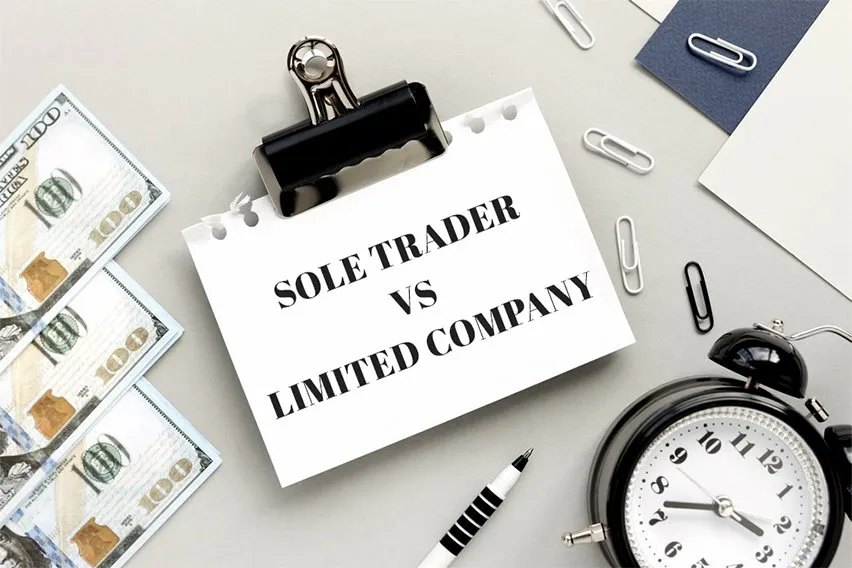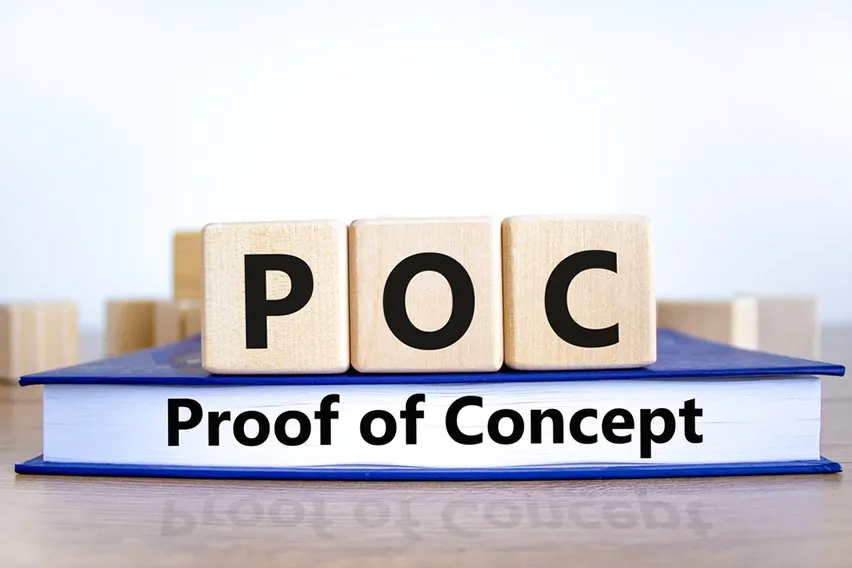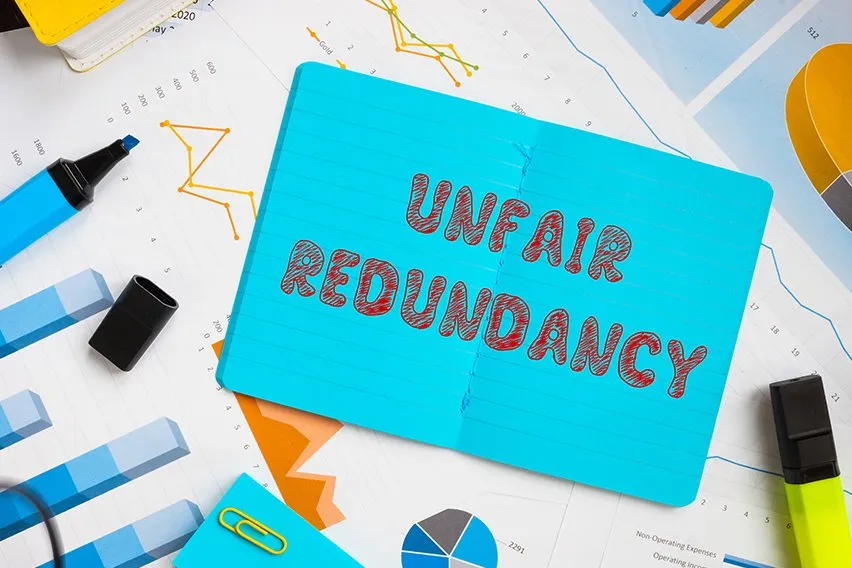What Is Intrinsic Value & How to Calculate It?

The intrinsic value of a stock is an important measure for any savvy investor. Learn the true meaning and how to calculate it accurately.
Every investor wants to know what a stock is worth. Beyond the current market price, what is it truly, intrinsically worth?
Because the stock price is just going to jump up and down to the tune of the market. That’s not a good measure of what a stock is truly worth. And as an investor, it literally pays to know the difference.
Understanding the intrinsic value of a stock helps you to build a broader picture of your investment prospect. If you want to become a value investor, this is the article for you. We’ll break down exactly what intrinsic value means, and how to calculate it reliably for yourself.
Here’s What We’ll Cover:
How to Calculate the Intrinsic Value of a Stock
What Is Intrinsic Value?
The intrinsic value of a stock is its true value. This means measuring the cash flow of a business. It’s all about the performance of the business you intend to invest in.
Contrast that with the stock price. The stock price is all about how much the market is willing to pay. It’s not based on cash flows and actual financials at all.
There are a few ways to calculate the intrinsic value of a stock. An analyst will look into a few different approaches to estimate the future cash flows of a company.
In turn, once you calculate the intrinsic value, you may be able to get a discount on the stock price. That is the main objective of value investing.

What you’re doing is seeking out investments that have a lower stock price than the company is worth. If you can calculate intrinsic value yourself, you can identify investment opportunities for undervalued companies. And don’t we all want to find the secret unicorn that no one is truly valuing as you do?
It’s worth noting that you can only discover the intrinsic value of trading companies. Not every investment has a cash flow or intrinsic value. For example, raw material investments like gold do not have cash flow statements to review or liabilities to deduct.
Startups are also extremely difficult to reduce to an intrinsic value. They are too new and their market is too volatile to predict any kind of growth or future cash flow.
Value investing in general works best for established companies. Or at the very least companies that have been in operation for a couple of years.
How to Calculate the Intrinsic Value of a Stock
Discounted Cash Flow Analysis
Discounted cash flow analysis is the most common way that analysts will arrive at the intrinsic value of an investment.
The idea is that the value of the stock is the future cash flow potential minus the risk involved with the investment. That’s the “discount” part.
You need to follow these three steps to start your calculation:
- Estimate the future cash flow of the company.
- Determine a discount rate for the stock.
Or “Weighted average cost of capital”. This is the value of risk you are taking by not investing your money elsewhere. - Information to help you calculate the terminal value.
The discounted cash flow model only accounts for 10 to 20 years of operation. So to consider future cash flows, there’s a terminal value that estimates the cash flow of the final year. You can calculate the terminal value with industry data. Or you can use the average multiple of cash flows for a company undervaluation.
The calculation looks like this:
Intrinsic value = (CF1)/(1 + r)^1 + (CF2)/(1 + r)^2 + (CF3)/(1 + r)^3 + … + (TV)/(1 + r)^n
CFn = Cash flow in year “n”. So CF1 would be cash flow in year 1. CF2 would be cash flow in year 2 and so on.
r = discount rate
TV = terminal value
This is a pretty difficult analysis to attempt because how do you accurately estimate the future cash flow of a stock?
The best way to go about this is to look at the company’s past financial statements. What is a realistic performance for the company given the past cash flow? Start with the cash flow from the last 12-48 months and determine a growth rate. What is a realistic growth rate for the company you are valuing? You can work up from there to determine the future cash flow estimate.
Financial Metric Analysis
A less popular way to calculate intrinsic value is to use a financial metric. For example, let’s take the price to earnings ratio (P/E ratio). This means that the company measures its share price relative to its per-share earnings.
A high P/E ratio means that the investors expect huge growth or that the stock is overvalued. You’ll have to use your best judgment to decipher between the two.
To use this approach, the formula would be:
Intrinsic value = (EPS) x (1 + r) x P/E ratio
EPS = Earnings per share
r = expected earnings growth rate
You can’t use this technique on new companies with no earnings. So this is not a good technique for speculative early investments.

Asset-based Valuation
Asset-based valuation is probably the easiest way to determine a company’s value. What is the tangible value of their accumulated assets so far? This includes tangible and intangible assets. For example, property is tangible. Intellectual property is intangible but still valuable.
At its most basic form, this is the company’s assets minus their debts. The formula looks like this:
Intrinsic value = (Sum of a company’s assets) – (Sum of a company’s liabilities)
This is a great way to value a company with the most concrete values you have. It’s less speculative than the previous two formulas.
However, the drawback of the asset calculation is there is no room for growth. The intrinsic value you arrive at may be the most accurate for the company at the moment. But as an investor, you have to consider the future financial performance of the company you are evaluating. The asset balance may be great right now, but has the cash flow grown at all?
Key Takeaways
The intrinsic value is a vital part of reviewing investments if you want the best deal. Value investing takes a little extra work to comb through the financials of a company. But you can get good value investments by reviewing the growth rate and previous cash flow of the company you’re evaluating.
You ultimately want to buy a stock for less than it’s truly worth so you are guaranteed a higher rate of return.
For more guides on value investing and other investment jargon, check out our resource hub!
RELATED ARTICLES

 Activity-Based Costing (ABC): Definition, Example & Process
Activity-Based Costing (ABC): Definition, Example & Process Cost-Benefit Analysis: An Extensive Guide
Cost-Benefit Analysis: An Extensive Guide Sole Trader Vs Limited Company Comparison: Which Is the Best?
Sole Trader Vs Limited Company Comparison: Which Is the Best? What Is Proof of Concept (POC) & How to Create It?
What Is Proof of Concept (POC) & How to Create It? What Is The Gearing Ratio? Definition, Formula & Calculation
What Is The Gearing Ratio? Definition, Formula & Calculation How to Calculate Statutory Redundancy Pay
How to Calculate Statutory Redundancy Pay